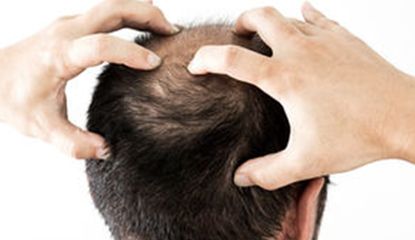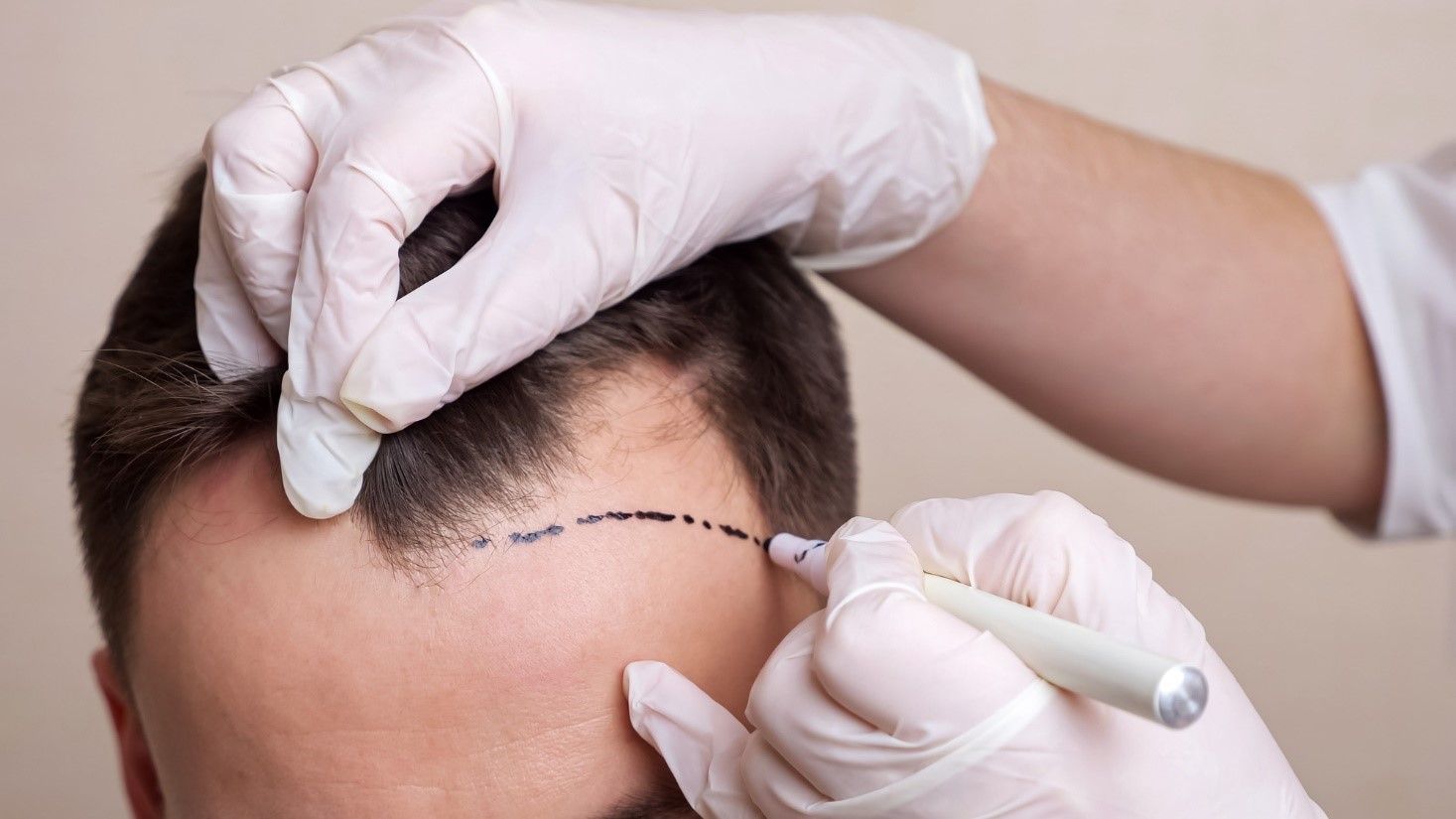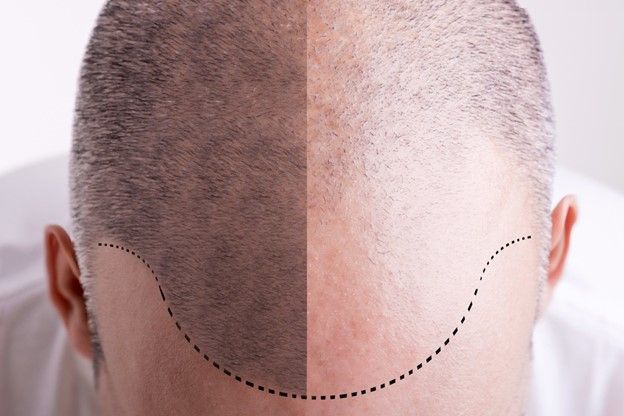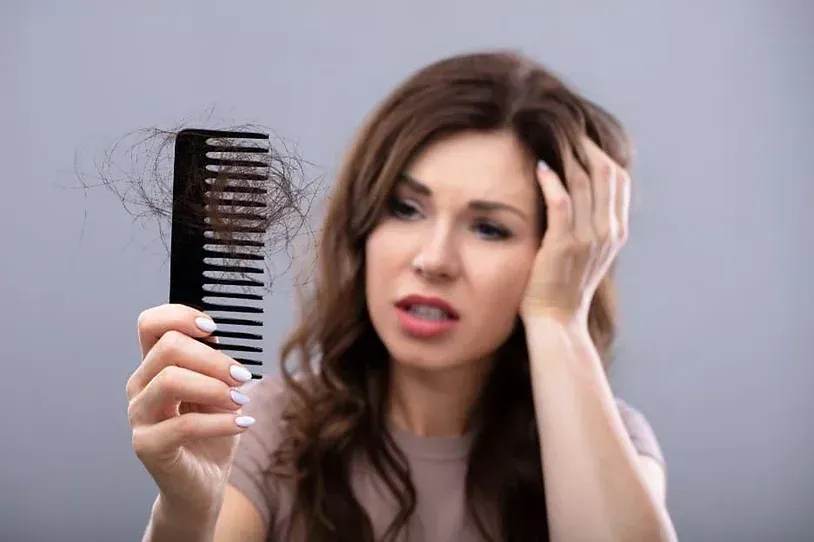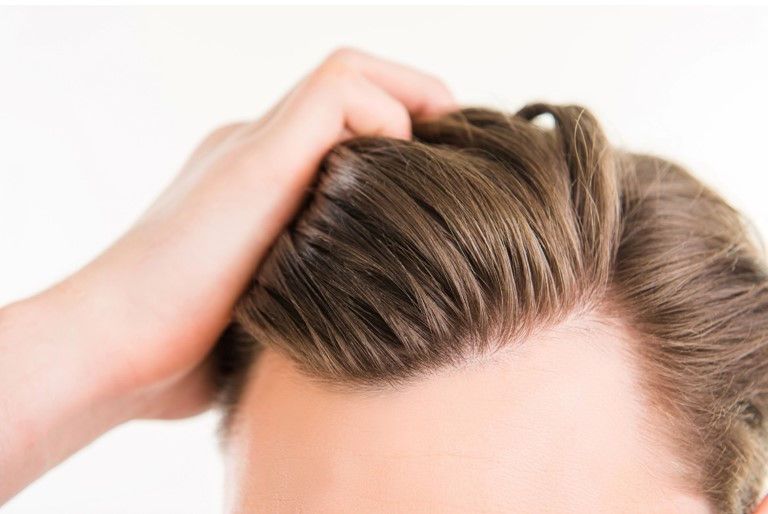Women's Hair Loss: Causes and Treatments

Women's Hair Loss: Causes and Treatments
Hair loss can be difficult to deal with and can affect self-esteem. Psychological studies have shown that women are much more upset by hair loss than a typical male. A woman experiencing scalp hair loss requires a thorough history and visual examination of the scalp to assess if she is an appropriate candidate for hair transplants. Different medical conditions such as low iron, thyroid imbalances, certain medications, and some scalp diseases are not appropriate for hair transplants and are treated with other non-surgical remedies. The doctor will assess each patient individually to ascertain her candidacy for transplants, determine the reason for the scalp hair loss and develop an appropriate treatment plan.
Are Hair Transplants Good for Most Women?
If it is determined that hair transplants are an option, it is important for the patient to have reasonable expectations as to what can be achieved with transplants. Dr Cotterill will discuss at length with the patient the benefits and limitations of hair transplants.
Reasons for hair transplants:
- Thicken areas of the scalp from hair loss due to Female Pattern Hair Loss
- Achieve a more rounded feminine hair line
- Eyebrow transplants
- To cover scars and add more hair after facelift surgery
- Hair line feminization in transgender patients
What to Expect
A typical transplant generally takes from 3 -5 hours. Upon arrival at the office the patient is given a tablet to relax the patient. The area to be treated is numbed with a local anesthetic, so that there is no discomfort during the procedure. Once the hair has been removed from the donor area at the back of the scalp and dissected into follicular units, which are small 1-4 hair bearing grafts, then the hair is transplanted into small sites that Dr Cotterill has made in the recipient area. During the procedure, the patient is in a semi reclined position, able to get up for breaks, watch a movie and have snacks.
Recovering from Female Hair Transplant
There are two techniques for removing hair from the donor region at the back of the scalp. One technique, called strip excision, is to remove a small strip of scalp from the back of the scalp and then stitched closed. That strip is then dissected into small 1-4 hair grafts. With the strip techniques the stitches are covered by preexisting hair and are not visible. The other technique for removing donor hair is called follicular unit excision (FUE), whereby the donor area is shaved, and 1-4 hair grafts are excised one at a time. For most woman, the strip procedure is more advantageous, because with FUE, since the back of the scalp is shaved and the donor area is visible, whereas with strip excision the donor area is completely camouflaged. Dr Cotterill will discuss the best technique for each individual patient. There can be swelling in the forehead area that can develop after a procedure that is gone in 3-7 days. The stitches are removed in 1 week. It is recommended not to exercise or do any heavy physical activities for seven days. A pain tablet will be offered to you for the night after surgery for any discomfort.
The grafted hair will initially fall out after a few weeks and go into a 3-month dormant phase. At 3 months all the grafts will start to grow and will be fully grown in by 10 -12 months after surgery. This is a gradual process and after a year your doctor will do a full evaluation.
Contact Dr Paul Cotterill in Toronto
Dr Paul Cotterill has over 35 years of experience in FUT hair transplant in Toronto. He is certified by The American Board of Hair Restoration Surgery, and is a past president of The International Society of Hair Restoration. We offer female hair transplants, PRP treatment, and Pharmaceutical medication.
Book a complimentary consultation with us today.

